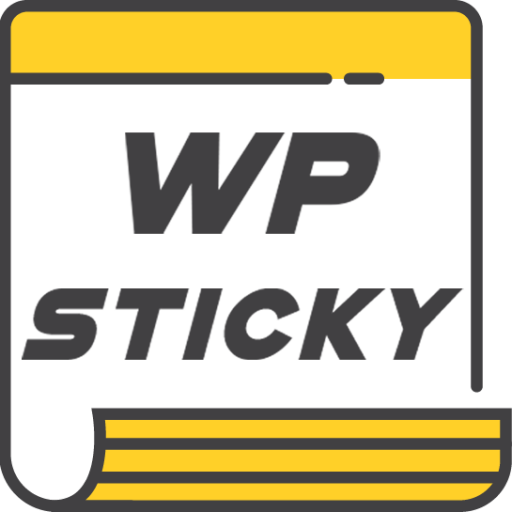All prospects and customers may be easily managed via CRMs by those working directly with customers. Customer relationship management (CRM) software may help with this.
This article will cover some of the daily, time-consuming operations that CRMs simplify and automate to prepare you for all the possibilities better a CRM offers.
What are CRM activities, and how do they fit into the larger picture?

CRM activities are the tasks and duties your company’s teams and workers are expected to do with the assistance of your CRM software. Repetitive sales, marketing, and service operations may be automated using CRM. Customer data and deals can also be stored or managed using CRM.
It is easy to see why CRM activities, tasks, and capabilities are beneficial to firms across all industries.
Let’s take a look at some real-world instances of CRM in action.
1. Maintain a database of contact information

Use your CRM to keep track of your contacts and easily connect with them (send emails, record phone conversations, register sales activity, and book meetings). Automated record-keeping ensures accurate and up-to-date contact records. Customers may be segmented and targeted more quickly because of how contact data can be used (via deals and campaigns).
2. Keep an eye out for bargains
Using a CRM makes it simple to keep track of sales leads. Transaction data (such as discussions and meetings) and information about where your deal is in the pipeline are automatically tracked and saved by the application. Deal pipelines and stages may also be built up and customized. You may use tasks in your CRM to help you stay on top of deadlines and include the right people in the right situations.
3. The third step is communicating directly with your prospects and clients

The CRM allows each department to engage directly with customers and prospects through email, phone, live chat, and tickets. Each team’s communication records are preserved in one area for easy access and full accountability (for instance, this simplifies marketing and sales alignment).
Your go-to-market teams will access a common communication inbox, giving them the tools they need to provide a better customer experience. Additionally, individuals can easily hand off conversation or contact information to another team member since interactions and records are kept in the CRM’s shared timeline, inbox, and contact database.
4. Ticket management and response
You may contact clients to meet their requirements by ticket, live chat, or email from a single inbox in your CRM. Additionally, the CRM dashboard allows your staff to keep track of all support requests and respond to any concerns quickly and effectively. Automated emails are sent to customers who contact support to advise them of the ticket’s progress. Reporting on tickets lets, you know your tokens’ number, kind, and response time.
5. Make your items
You may tailor your CRM data to your own company’s needs by using custom objects. To do this, you can name your objects and choose their characteristics (as well as what other things they can be related to). You may completely tailor your data by structuring it to compliment how you want to use it.
By creating bespoke object-based trigger workflows, you may automate tedious operations and contact your target audience when they want to be reached.
6. Automate your work

Every day, you can automate time-consuming processes across several teams with the help of a CRM. That is achievable thanks to workflows and sequences.
For example, you may use workflows to build up enrolment criteria that automatically add or update data for your deals, contacts, tickets, etc. You may send out a series of scheduled and precisely targeted emails using email sequences.
You can automate data input, prospecting, customer assistance, and content management with a CRM.
7. Creating landing pages

You don’t need to hire a developer to create customized, on-brand, gorgeous landing pages with an all-in-one CRM system. A drag-and-and-drop landing page builder and pre-built landing page templates allow you to get up and running quickly with your landing page.
For example, you may add custom CTAs and forms and dynamically present information based on the buyer’s journey, contact data, source, or device. Then, use your CRM to optimize, test, and evaluate the performance of your landing page.
8. Create a library of knowledge
An all-in-one CRM could assist you in the development of additional content such as a landing page by providing you with features such as a knowledge base, for instance. Customers value the ease with which they may retrieve the information they are looking for in the form of a searchable knowledge base at any time of the day or night.
Clients will be able to receive the support they require by using the information provided for self-help without ever having to interact personally with one of your staff. In this approach, service and support personnel members can devote their time to solving more challenging customer issues that require their expertise.
In addition, you can use your knowledge base for reporting and analysis to better understand how your customers use your information, which pages are the most popular, and how it influences your target demographic.
9. Make use of third-party integrations
You can integrate CRM with other technologies to satisfy your team’s requirements. In addition, they aid in the smooth integration of outdated software with your CRM system (and other new tools).
10. Analyze, predict, and report on data

Your customer relationship management system (CRM) has built-in reporting that is extensive and customized, and it includes reporting dashboards and projections for your entire organization. You and your team can choose from various configurable reports and dashboards to display the metrics that are most important to you, or you can build a custom solution from the ground up.
Additionally, it refreshes reports in an automated fashion to ensure that all your data is current. As a consequence of this, you are free to forward the emails to the appropriate individuals.
The reporting dashboard is available for marketing to track how well initiatives, including email and social media, perform. Reports generated by CRM systems, for instance, make it easier for sales managers to monitor their teams’ progress toward achieving their targets and individuals’ performances, levels of sales activity, and productivity.
Meanwhile, customer service and support may use reports to view and analyze data related to tickets (such as tickets closed and time-to-close).
Conclusion
Salesforce is a cutting-edge customer relationship management (CRM) solution that allows you to adapt its features to the particular necessities of your business.
You can improve even the minutest activities thanks to thousands of programs, modules, and functions. That will have a discernible effect on the bottom line. It will also convey to customers that your company prioritizes providing excellent customer service and is receptive to their present requirements.
